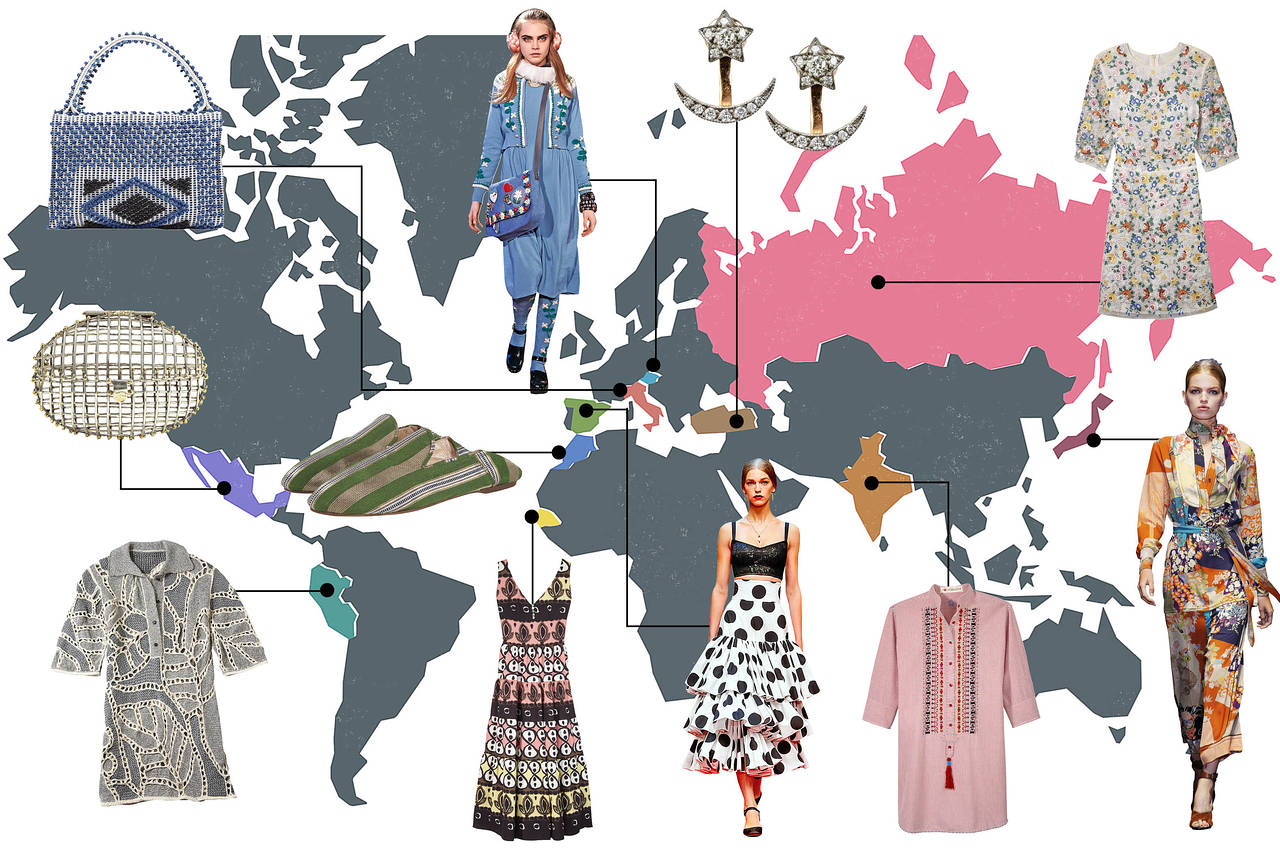The world is a tapestry of cultures, each with its unique identity and expression. One of the most visible manifestations of cultural diversity is in the clothing styles that people around the globe don. From the vibrant colors of African prints to the intricate embroidery of Mexican huipils, clothing is not just a necessity but a form of art and a means of storytelling. “Global Garb: A Journey Through International Clothing Styles” is an exploration of the rich variety of attire that adorns the people of different nations, reflecting their history, traditions, and values.
The Colors of Africa:
African clothing is a kaleidoscope of colors, patterns, and textures. The continent is home to a myriad of ethnic groups, each with its distinct style. The kente cloth of Ghana and the dashiki of Nigeria are famous for their bold patterns and bright colors, symbolizing various aspects of African life and heritage. The Maasai people of Kenya and Tanzania are known for their red shukas and intricate beadwork, which signify social status and beauty. These garments are not only visually striking but also carry deep cultural significance.
The Grace of Asia:
Asian clothing styles are characterized by their elegance and diversity. The saree of India, with its six to nine yards of fabric draped around the body, is a testament to the grace and femininity of the wearer. The kimono of Japan, with its T-shaped structure and long sleeves, is a work of art that has been perfected over centuries. The hanbok of Korea, with its vibrant colors and flowing silhouette, is worn during traditional festivals and celebrations, showcasing the rich heritage of the country.
The Flair of Europe:
European fashion has long been a global trendsetter, with countries like France, Italy, and the United Kingdom leading the way in haute couture. However, traditional European clothing also tells a story of history and regional identity. The dirndl of Germany and Austria, with its fitted bodice and full skirt, is a symbol of Bavarian culture. The Scottish kilt, made from tartan cloth that represents different clans, is a proud emblem of Scottish heritage. Each piece is a reflection of the continent’s storied past and its influence on modern fashion.
The Rhythm of the Americas:
The Americas are a melting pot of cultures, and their clothing styles reflect this diversity. The poncho, originating from the Andean regions of South America, is a simple yet versatile garment that has been adopted by various cultures. The huipil, a traditional blouse worn by indigenous women in Mexico and Central America, is known for its intricate embroidery and weaving techniques. In North America, Native American tribes have their own distinctive styles, such as the buckskin leggings and fringed leather jackets, which are both functional and ceremonial.
The Harmony of the Pacific:
The Pacific Islands boast a vibrant array of clothing styles that are as colorful as their coral reefs. The tapa cloth, made from the bark of trees, is a traditional fabric found throughout the islands, each with its unique designs. The lava-lava or sarong is a common garment in many Pacific cultures, worn casually or during ceremonies, often featuring patterns that tell stories of the islands’ folklore and history.
Conclusion:
“Global Garb: A Journey Through International Clothing Styles” reveals the beauty and complexity of human culture as expressed through clothing. Each style is a window into the soul of a people, their history, and their relationship with the world around them. As we continue to navigate a globalized society, appreciating and understanding these diverse clothing traditions can foster a greater sense of empathy and unity among us. Whether it’s the vibrant prints of Africa, the elegant lines of Asia, the historical garb of Europe, the rhythmic styles of the Americas, or the harmonious designs of the Pacific, international clothing styles remind us of the rich tapestry that makes up our shared human experience.
